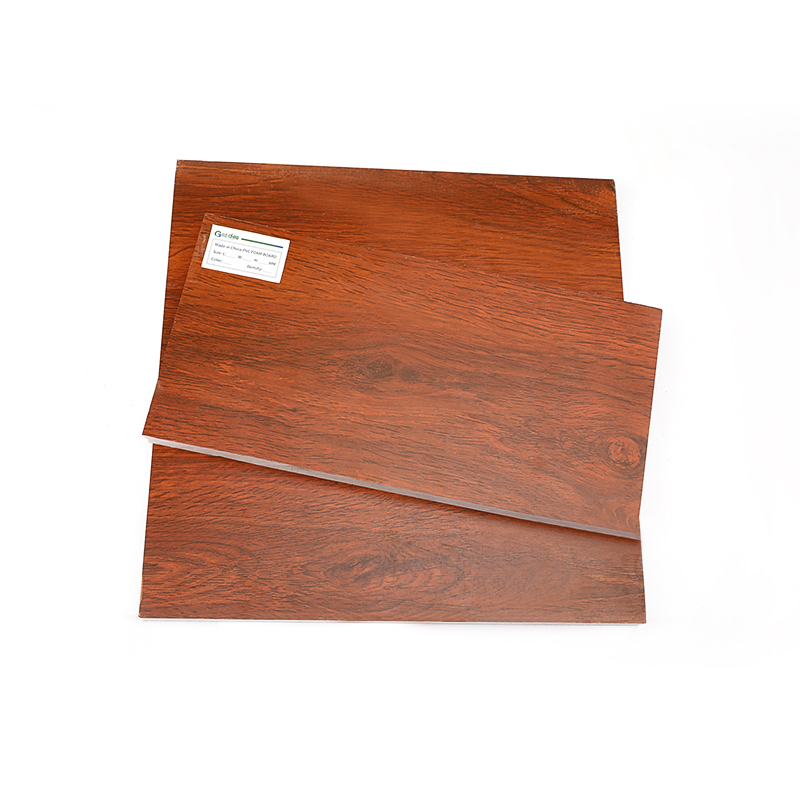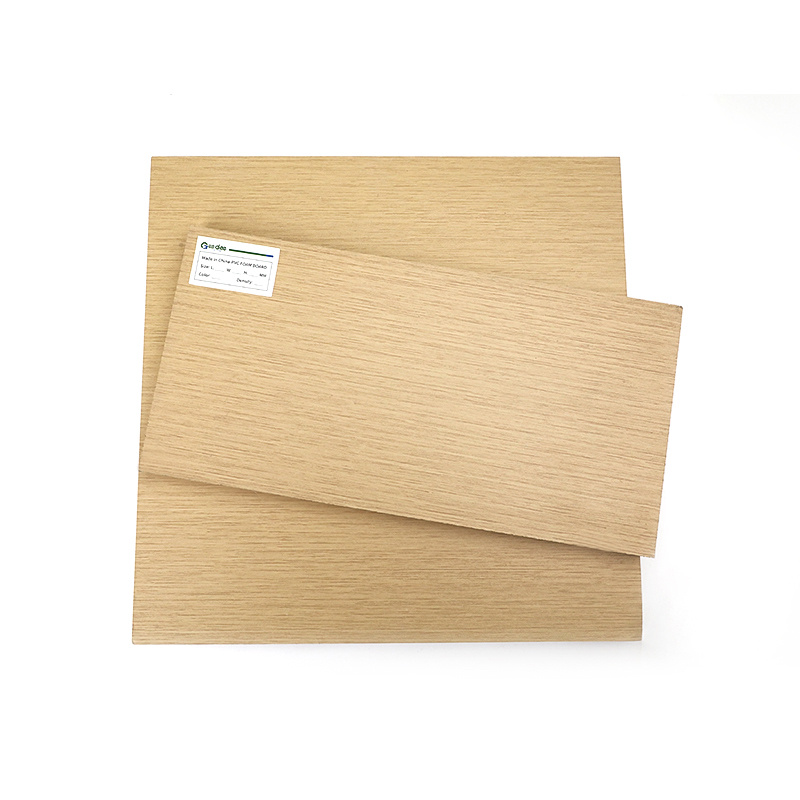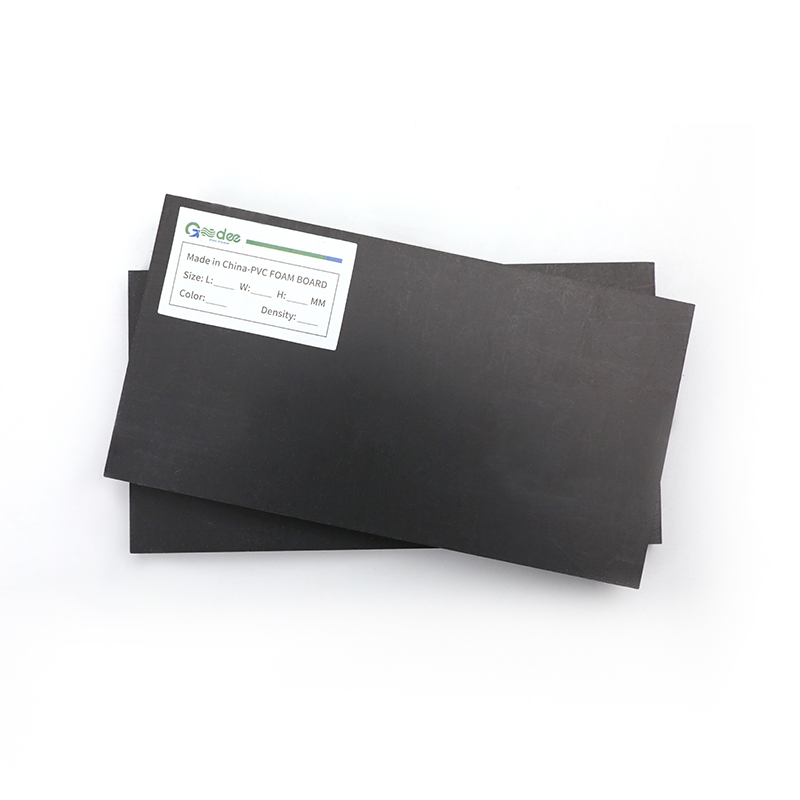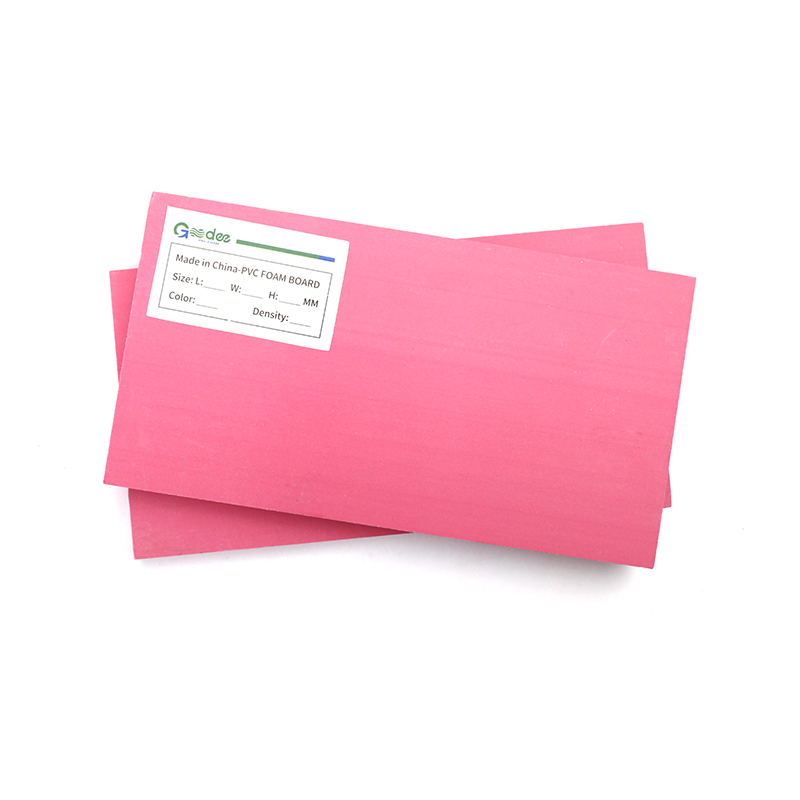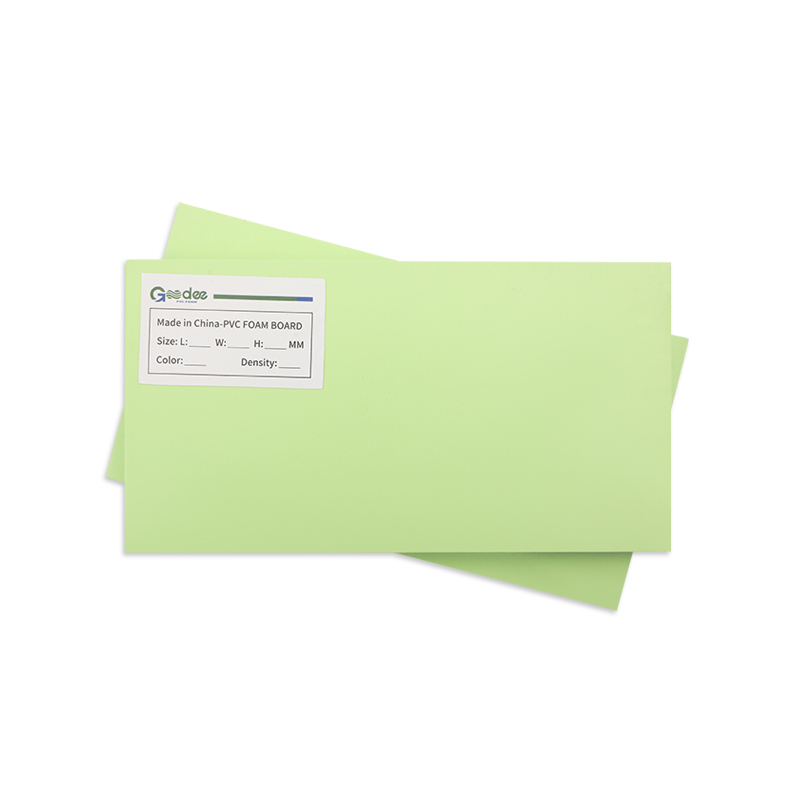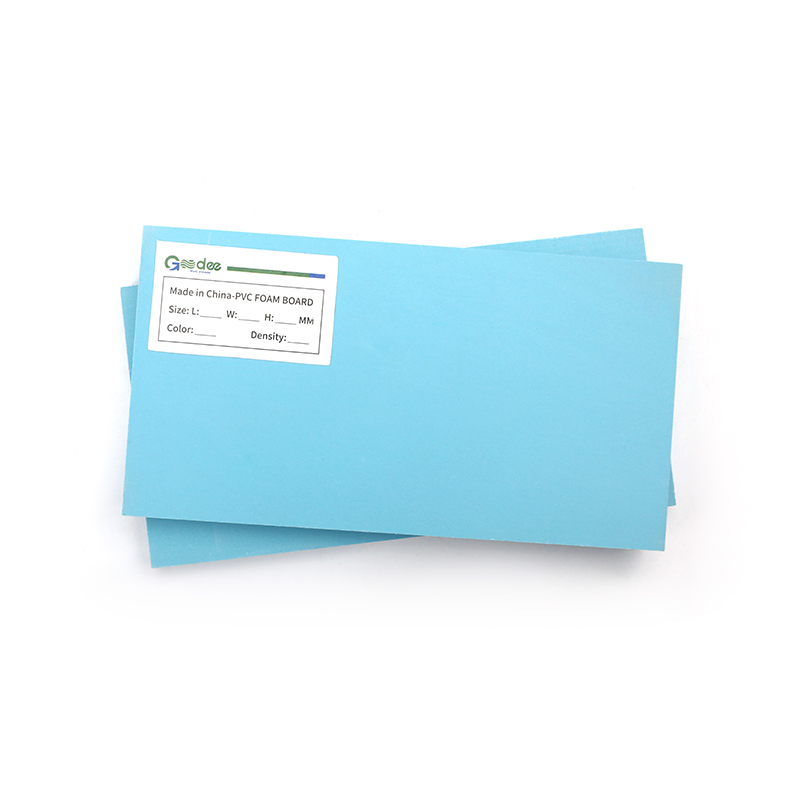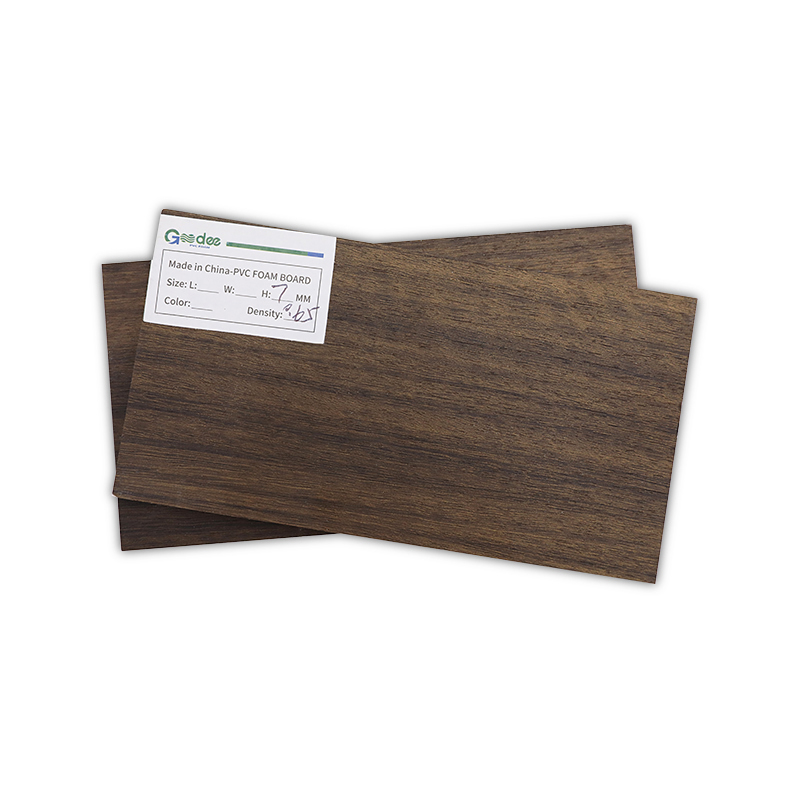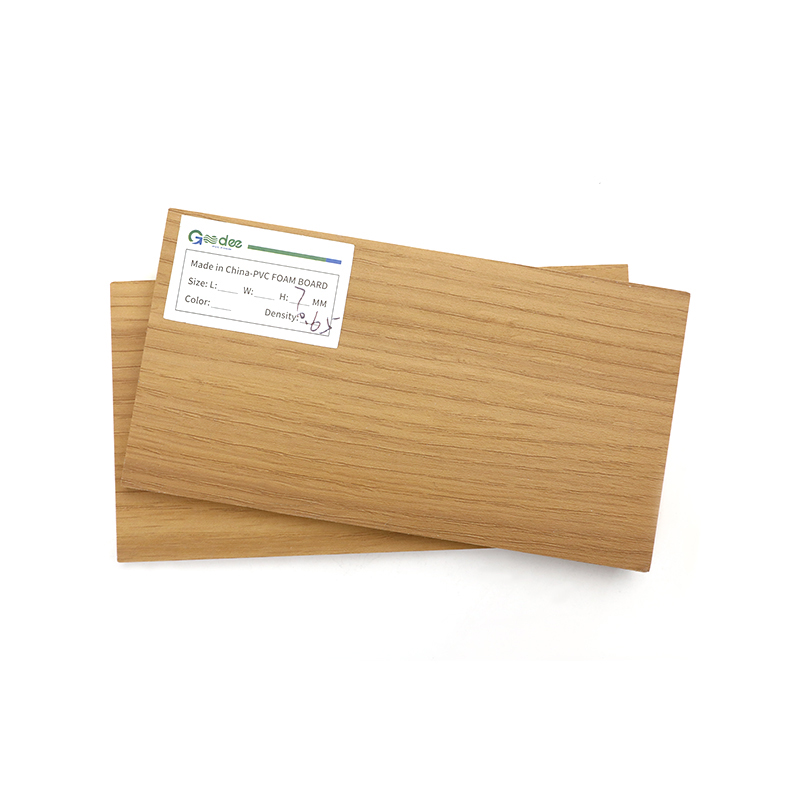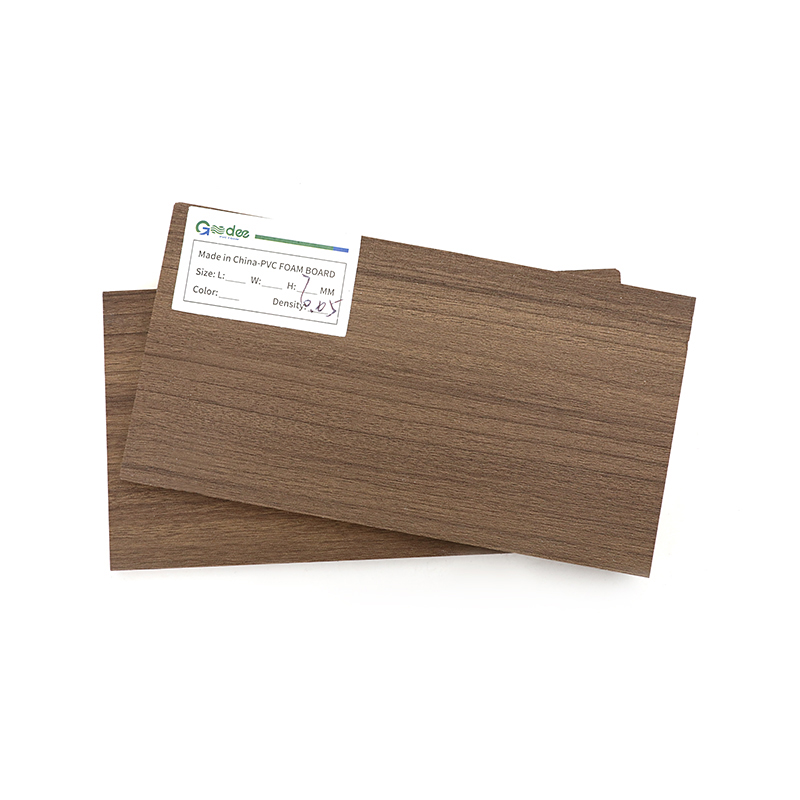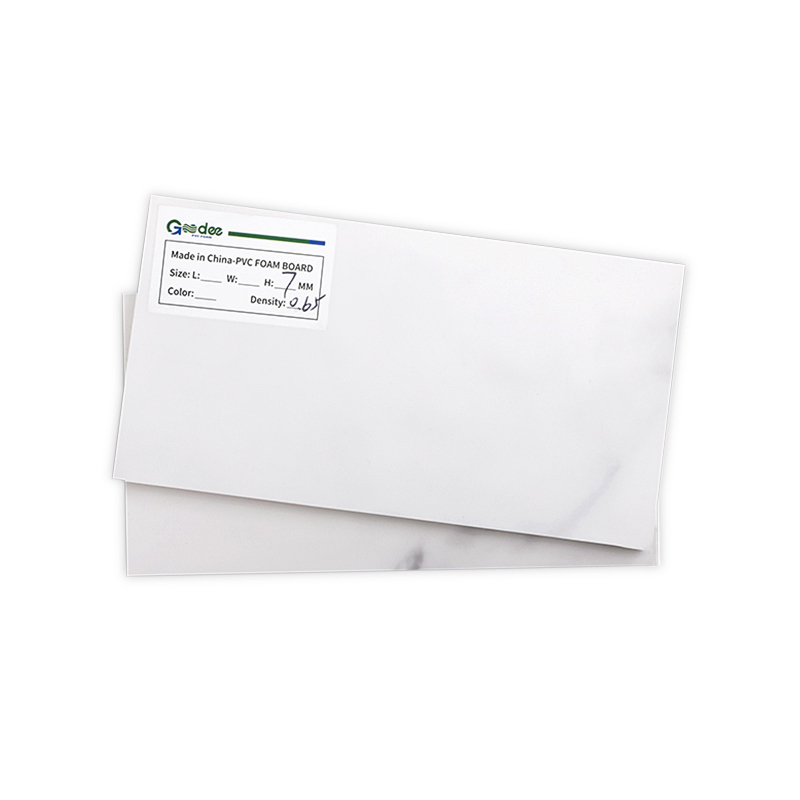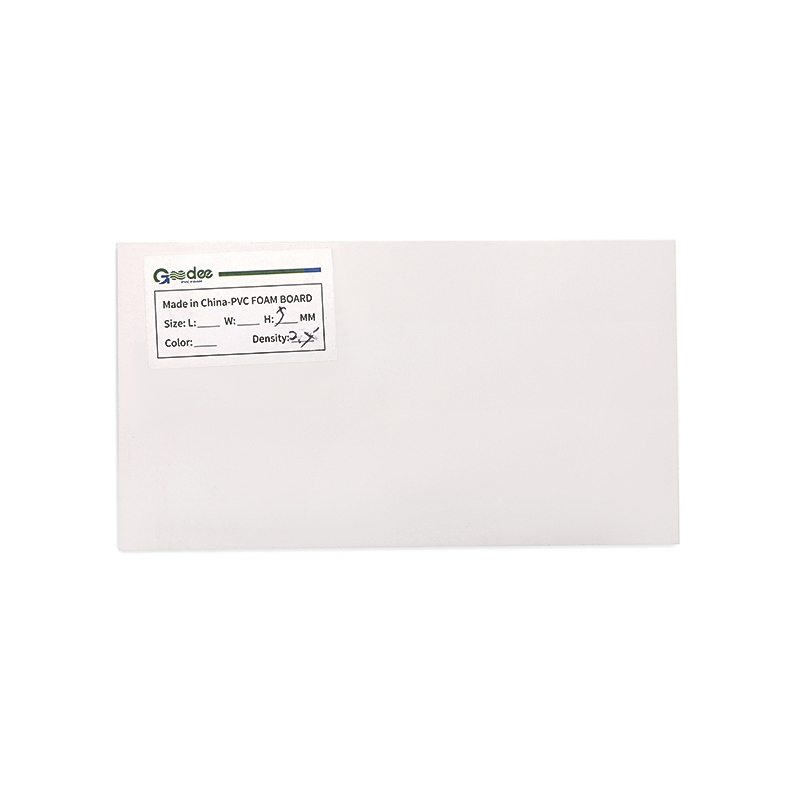The fire resistance of WPC (Wood-Plastic Composite) boards can vary depending on several factors such as the composition of the board, its thickness, and the specific fire-retardant treatments it has undergone. WPC boards are a type of engineered material that combines wood fibers or flour with plastic polymers to create a durable and versatile building material. The inclusion of plastic in WPC boards can affect their fire resistance properties, but many manufacturers incorporate fire-retardant additives to enhance their fire performance.
To understand the fire resistance of WPC boards, it is important to consider the fire behavior of both wood and plastic materials separately.
Wood has inherent fire-resistant characteristics due to its low thermal conductivity, high char formation, and the formation of a protective layer of char when exposed to high temperatures. However, wood can still ignite and burn under certain conditions, especially when the fire is intense and sustained. The ignition temperature of wood is around 300-400°C (572-752°F), and it burns at a rate of approximately 0.6-0.8 mm/min.
Plastic materials, on the other hand, are generally more flammable than wood. Most plastics are derived from petrochemicals and can melt, ignite, and burn easily when exposed to high temperatures. They also release toxic gases and smoke during combustion, which can pose additional hazards in a fire scenario.
When wood and plastic are combined in WPC boards, their fire resistance properties are generally improved compared to pure wood or pure plastic materials. The wood fibers or flour act as a filler agent, reducing the amount of combustible plastic in the composite. This leads to a lower heat release rate and slower flame spread, making WPC boards inherently more fire-resistant than pure plastic materials.
To enhance the fire resistance of WPC boards, manufacturers often use fire-retardant treatments during the production process. These treatments involve incorporating additives or chemicals that inhibit the ignition and spread of flames. Some common fire-retardant additives used in WPC boards include ammonium polyphosphate, melamine, zinc borate, and aluminum trihydrate. These additives work by releasing water vapor or other fire-extinguishing gases when exposed to heat, limiting the oxygen supply and suppressing the flames.
The fire resistance of WPC boards is typically assessed using standard fire testing methods such as the Cone Calorimeter test (ASTM E1354) or the Single Burning Item test (EN 13823). These tests evaluate various fire performance parameters, including heat release rate, flame spread, smoke production, and total heat release.
Based on these fire tests, WPC boards are generally considered to have good fire resistance properties. They often achieve fire ratings that meet or exceed the requirements of building codes and standards for interior and exterior applications. However, it is important to note that the fire resistance of WPC boards can vary depending on their composition, manufacturing process, and the specific fire-retardant treatments used.
In conclusion, the fire resistance of WPC boards can be significantly improved compared to pure wood or plastic materials. The combination of wood fibers or flour with plastic polymers provides inherent fire-resistant characteristics, while fire-retardant treatments further enhance their fire performance. However, the specific fire resistance properties of WPC boards can vary and should be verified through standardized fire testing methods to ensure compliance with relevant building codes and safety regulations.


 English
English Español
Español